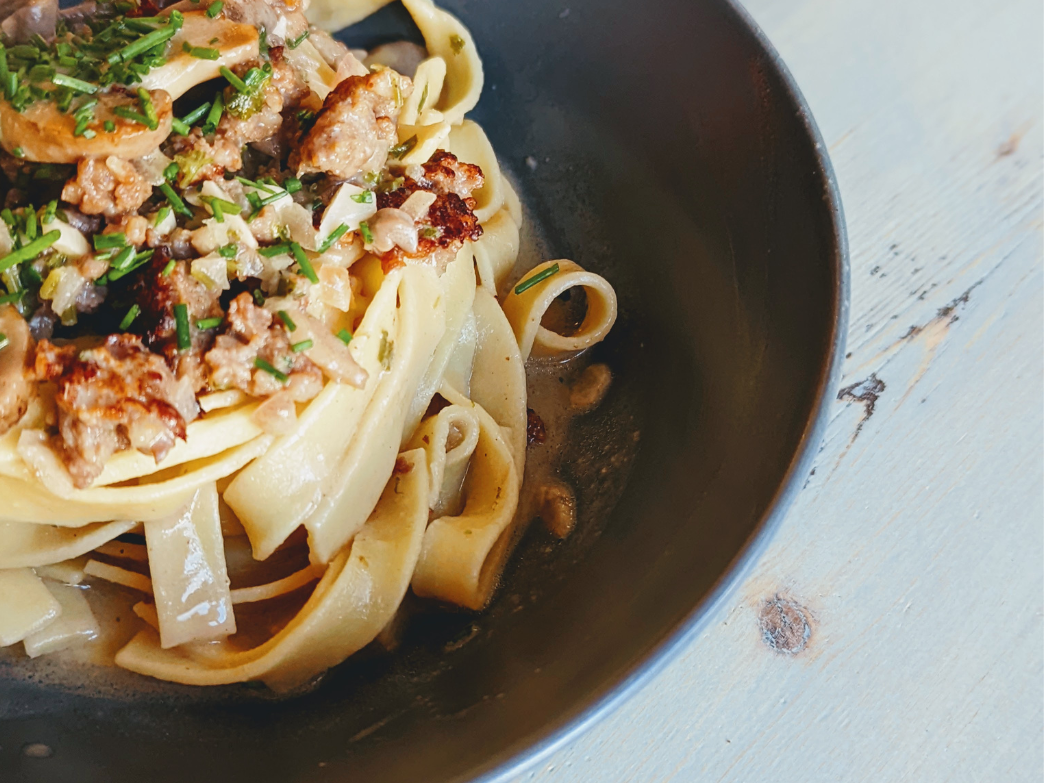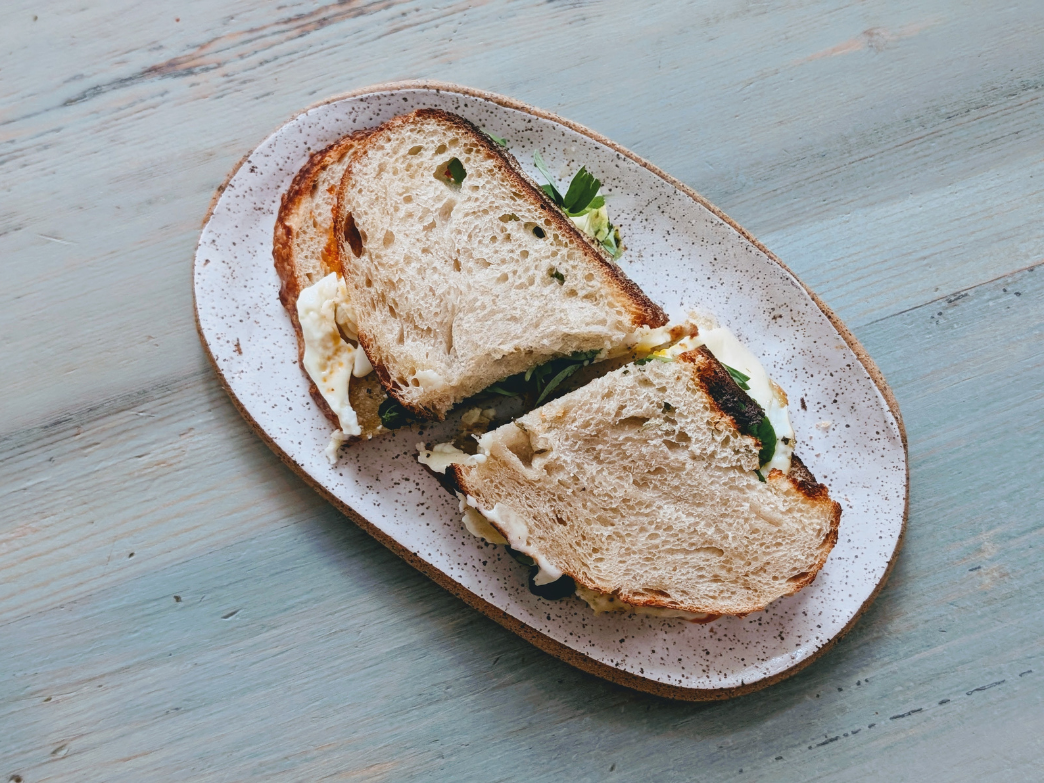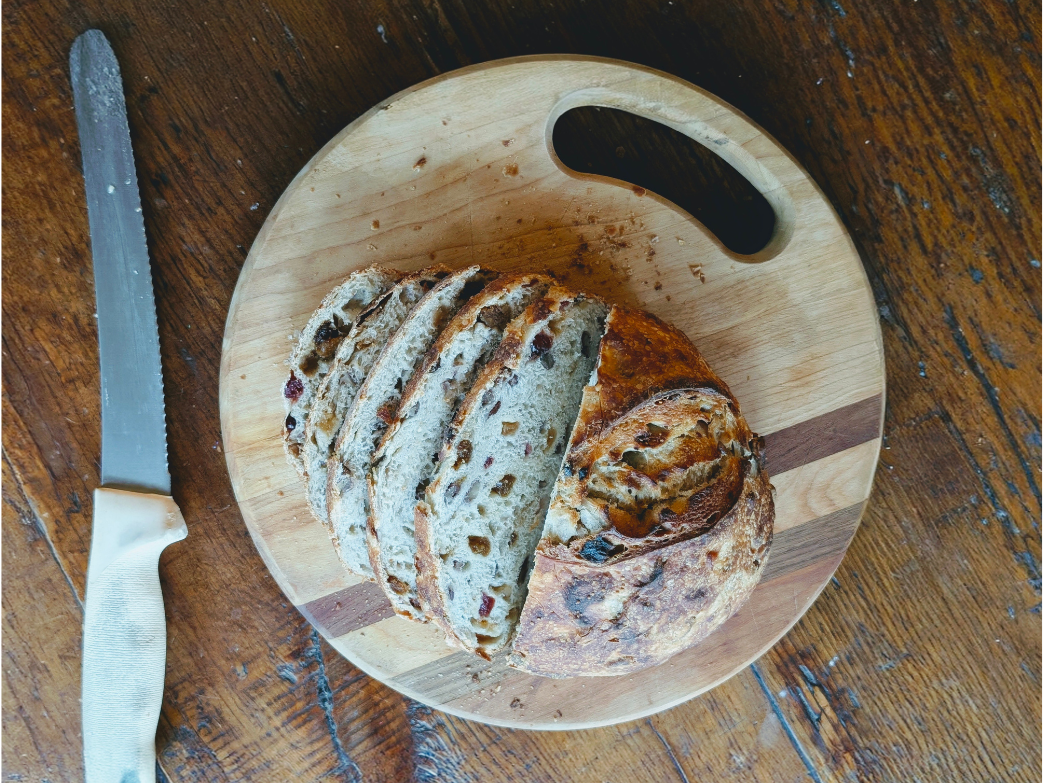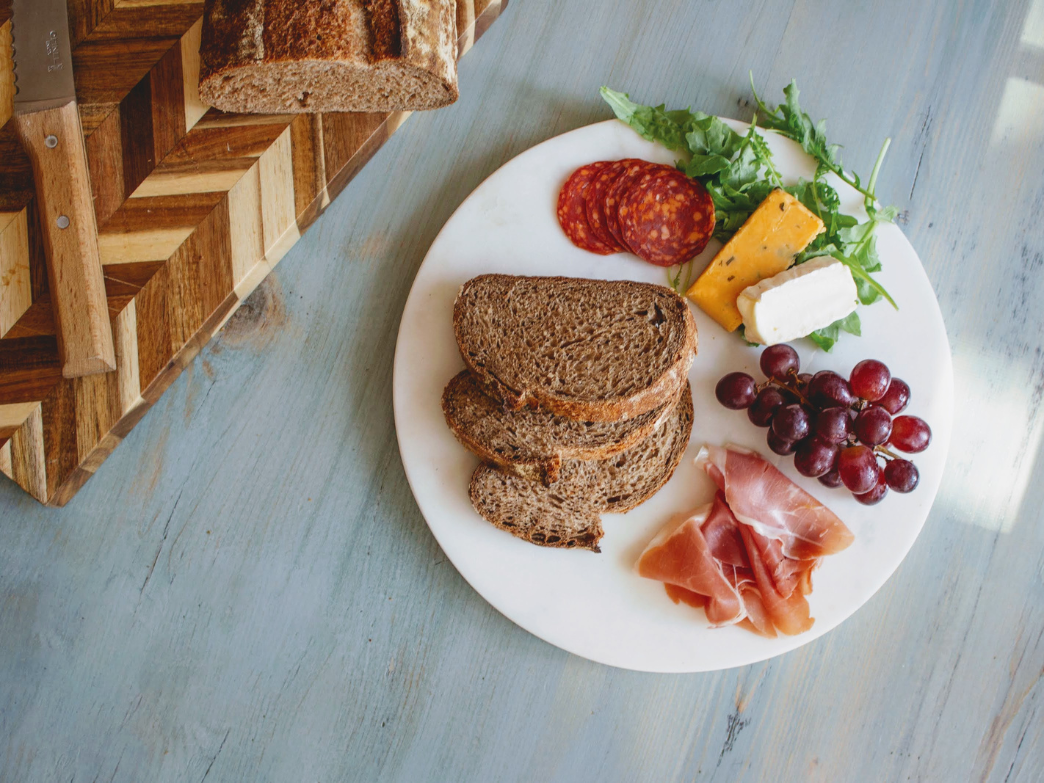By Dr. Jorge, Ph.D.
Beans, lentils, chickpeas – all legumes you’ve likely heard are good for you and should be incorporated into a balanced diet. Although a fan favorite, pasta tends to get a worse reputation, but how exactly do they all stack up to each other? Read on to learn more about pasta, lentils, chickpeas, and other beans and how they can all fit into your diet, no matter what it might be.
Which is healthier to eat: pasta or beans or lentils or chickpeas?
White pasta tends to be less healthy because it contains fewer nutrients when compared to legumes, including beans and lentils. Although similar in carbohydrate and fat content, legumes are more nutritionally dense and contain more protein, fiber, iron, calcium, and antioxidants than pasta. For reference, a single serving of chickpeas contains 10 grams of fiber, 12 grams of protein, and 4 grams of fat while a single serving of white pasta contains 3 grams of fiber, 7 grams of protein, and 1.5 grams of fat.
Which has the most carbs: lentils or chickpeas or pasta or beans?
Generally speaking, beans, lentils, chickpeas, and pasta all have a high amount of carbohydrates; each one contains half the daily recommended amount of carbohydrates. A single cup of pasta contains 43 grams of carbohydrates, whereas a single cup of lentils or chickpeas contains about 35 grams. The amount of carbohydrates in other beans, like pinto or black beans, is similar.
Which is better for a diabetic: chickpeas or beans or pasta or lentils?
Because they contain more fiber, protein, and a lower glycemic index (between 28 and 32), beans and other legumes are considered diabetes superfoods. The American Diabetes Association suggests that diabetics incorporate beans into their meals several times a week.
White pasta does, however, have a comparatively low glycemic index (50–55), but because it contains less protein and fiber—two essential nutrients for controlling blood sugar—it is not as healthy for diabetics as beans. Alternatively, whole-grain pasta, and pasta made from lentils and beans, are good options for diabetics, because of the increased fiber and protein content. These types of pasta also have a lower glycemic index (40).
Which is the best for weight loss: pasta or beans or lentils or chickpeas?
Beans, lentils, and chickpeas are better for weight loss than white pasta. This is because the high amount of fiber and protein found in these legumes helps to promote weight loss by keeping you full for longer. While white pasta has less protein and fiber, whole grain pasta and pasta made from lentils, chickpeas, and other beans contain more of these nutrients which can also help weight loss and weight management.
Can you still eat pasta, beans, lentils and chickpeas trying to lose weight?
Yes, you can still enjoy pasta, beans, lentils, and chickpeas while maintaining your weight loss goals. The key to losing weight is to be in a calorie deficit or consume fewer calories than you burn. Adding beans, lentils, or chickpeas to your meals will help keep you full and prevent you from consuming excess calories.
If you’re looking to keep pasta in your diet, try swapping white pasta with pasta made from whole grains. Foods made from whole grains will keep you fuller for longer, helping you to stay on track with your daily calorie and weight loss goals. You can also try adding protein and fiber-dense foods to your pasta, such as peas, to help keep you full while keeping calories low.
Which is healthier: pasta or chickpeas? Are chickpeas or pasta healthier?
Chickpeas are healthier than refined pasta options since chickpeas are packed with essential nutrients. In addition to containing 14.5 grams of protein and 12.5 grams of fiber per serving, chickpeas contain nearly all the essential amino acids as well as 74% of the daily value of manganese and 71% of the daily value of B vitamin folate.
Although white pasta is not as nutritionally dense, pasta made from whole grains, chickpeas, or lentils has increased health benefits. Making this simple swap can help to ramp up the healthiness of your pasta dishes.
Which is healthier: pasta or lentils? Are lentils or pasta healthier?
Lentils are healthier than refined pasta and help to promote good health, including lowering blood pressure, improving heart health, and protecting against disease. While it does not have the same nutritional value, white pasta can be paired with fish, meat, and vegetables to create a more balanced and complete meal.
Which is healthier: pasta or beans? Are beans or pasta healthier?
Beans tend to be healthier than pasta since they contain more nutrients than white pasta alone. Similar to chickpeas and lentils, beans are excellent sources of fiber and plant-based protein. Easily incorporated into various dishes, beans have several health benefits including promoting a healthy gut and heart. To help boost the nutritional value of your favorite dish, you could add vegetables, legumes like peas, or other protein sources to your pasta of choice.
Where can I buy fresh pasta online?
At Wildgrain, we specialize in making high-quality, fresh breads and pastas that are delivered directly to your door. Wildgrain is the first bake-from-frozen delivery subscription service for breads, pastries, and fresh pastas. Some of our popular pastas include fresh fettuccine and fresh tonnarelli. Learn more about Wildgrain and our artisanal baking and cooking methods.
About the Author
This content is for informational use only and does not replace professional nutrition and/or medical advice, diagnosis or treatment. It is not a substitute for and should not be relied upon for specific nutrition and/or medical recommendations. Please talk with your doctor about any questions or concerns.



